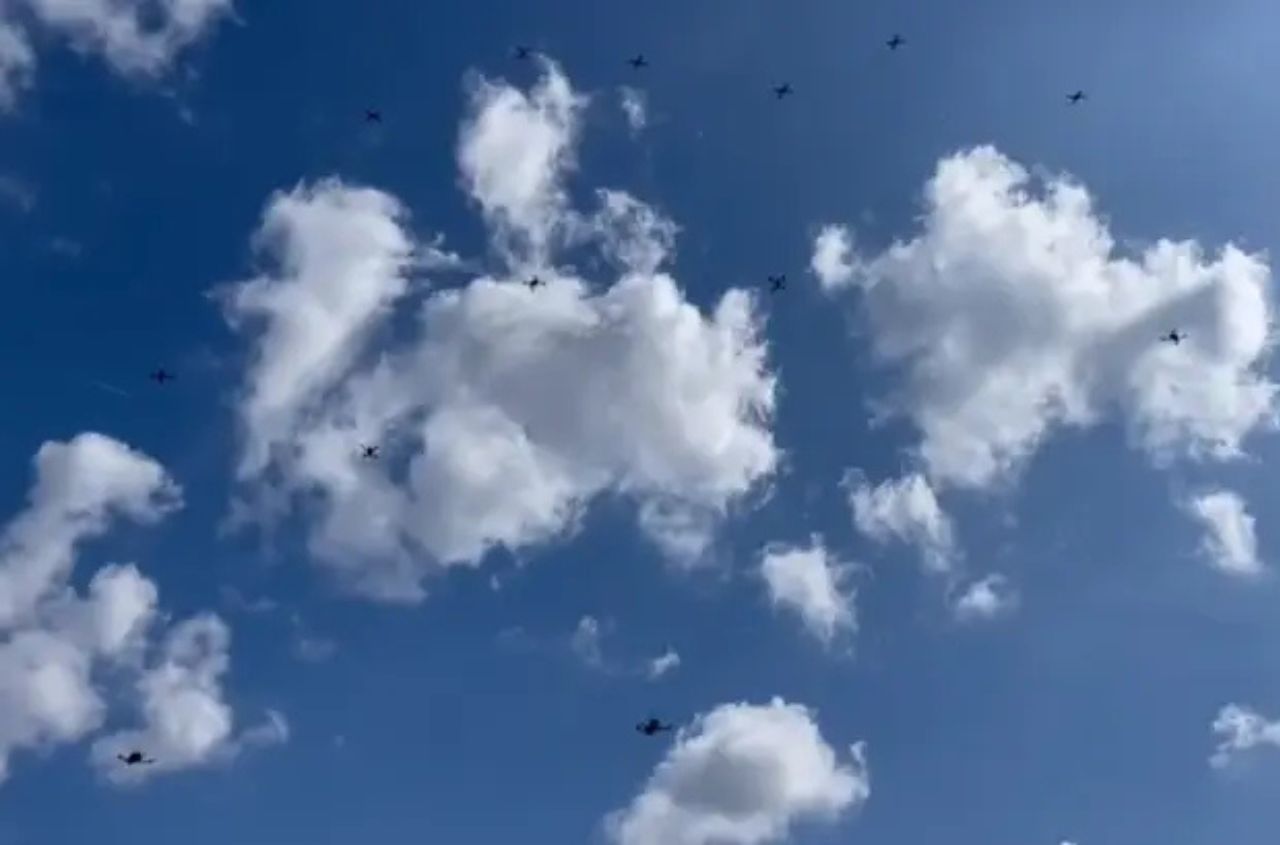Vodafone has started connecting mobile base stations via passive optical networks xPON (1/10 Gigabit/s Passive Optical Network), which will enable a quick transition to 5G technology and, in the future, to 6G. As part of the first phase, the company plans to switch 140 sites in Kyiv, Dnipro, Zaporizhzhia, and Kharkiv from radio relay (RRL) to optical connections. The first 40 have already been successfully converted to optical connections, the company reports in a press release.
"Transitioning to xPON is a strategic decision that not only allows us to improve mobile communication quality but also creates infrastructure for the next generations of communication standards," said Yevhen Frunza, Technical Director of Vodafone Ukraine.
According to him, upgrading the connection allows for the rapid expansion of base station bandwidth, which will be needed soon during the transition to LTE 2600 TDD, as it will ensure stable mobile internet speeds even with a significant increase in traffic. This is crucial for densely populated cities where network load is high.
The TDD (Time Division Duplex) technology is a duplex communication technology used in mobile networks to transmit and receive data at different time intervals on a single frequency. It requires highly precise synchronization for streaming data (video, streams) in real-time, which is essential for the operation of modern services and applications. The xPON network already supports speeds of 1 Gbit/s, and in the future, through scaling, it will support speeds of 10 Gbit/s and higher. At the same time, it will only be necessary to upgrade the active equipment without replacing the cable infrastructure.
This solution is technologically flexible, according to Vodafone, as it will ensure a smooth transition to next-generation technologies—5G and 6G. A key feature of these technologies is a significant reduction in latency, and xPON helps achieve this.
"Users will experience better quality streaming video and VoIP calls, even during peak loads—video calls, online gaming, and streaming will be more stable, without interruptions and delays," the company notes.
Additionally, optical connections for base stations make the network more resilient to blackouts, as they require less alternative power. The national telecom operator Vega, which has been part of the Vodafone Ukraine group since 2021, is constructing optical communication channels for the base stations.




















